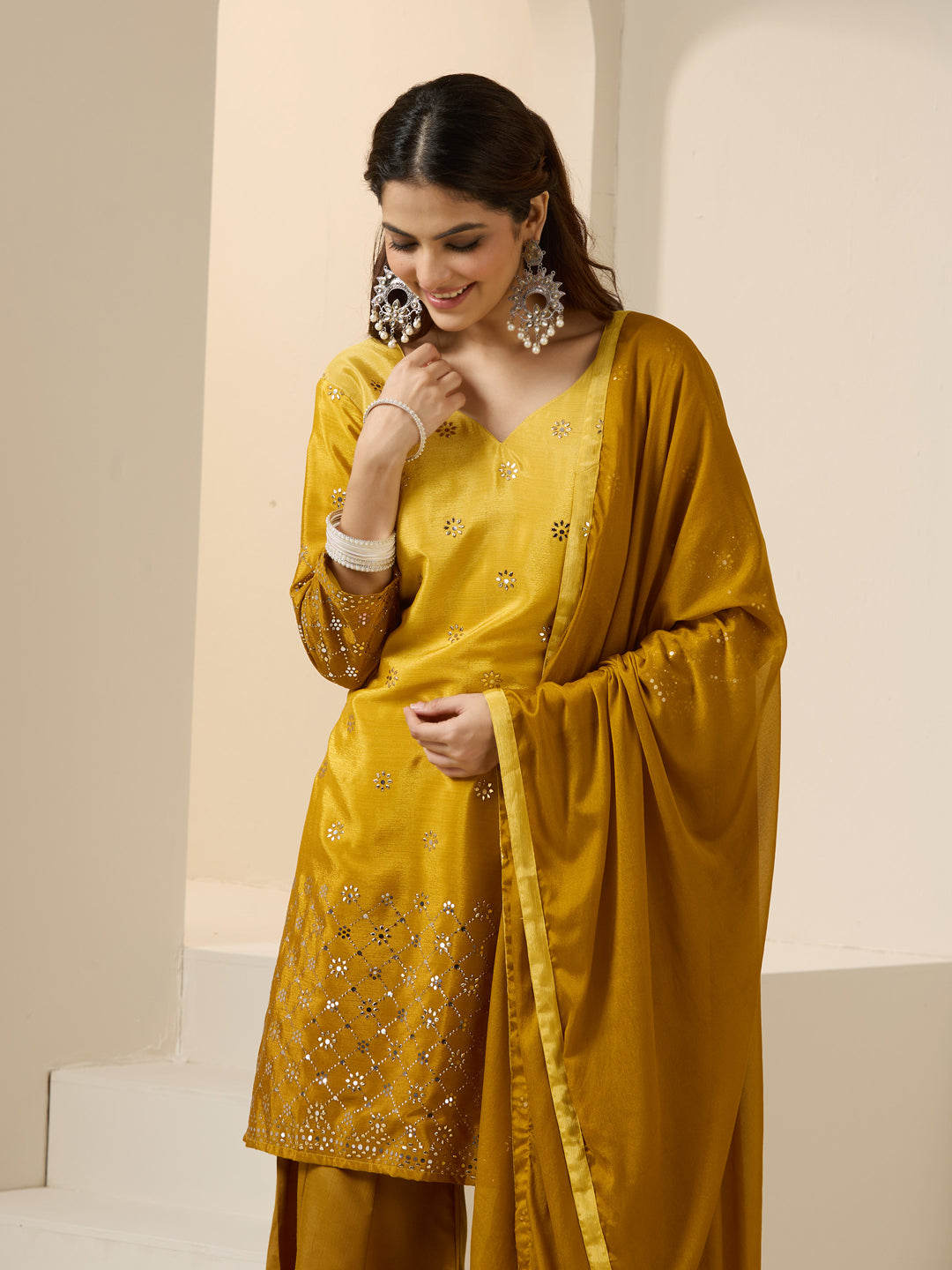Article: Tradition meets modern design

Tradition meets modern design
Our personality is indicated in the way we dress, and because of this, a growing number of people have started to question whether they should wear traditional clothes or follow western trends. While few youngsters argue that we should develop with the changing age and follow western trends, however, others believe that our traditional clothes are an indispensable part of our culture and identity.
In my opinion, western clothes offer freedom of expression and allow a person to add his or her taste and ideas to them. Also, they are quite classy, attractive and stylish. Moreover, few people tend to follow the western trend to cope with peer pressure and believe that it allows them to feel more accepted as a part of society. This is because of the reason that it sets a really good impression on others by signifying that you are very much updated with what is happening in the world around you and come from a polished background.
A common belief among the young generation is that modern clothes made them feel confident as they feel like they are portraying a current image of themselves. They are convenient, comfortable and allow us an option of flexibility in our day to day dressing sense.
On the other hand, traditional clothes represent our culture and identity . as believed by many it is essential to hold on to them if we wish to preserve our traditions .people often go to foreign countries and adopt their culture forgetting their roots and their true identity.
India has been ruled over by various dynasties for hundreds of years, and the fashion of the day changed with them. Mughal empire was one of the most impactful regimes. It gave birth to one of the today's, Most famous dress- the Anarkali .the Anarkali is a tight churidar with a long kurti. Her kurti is almost like a long, tight-fitted frock and is often paired with a plain churidar. this outfit is not only exquisite but also slimming and is still preferred by brides all over the country
Garara is another famous dress from the same era, also known as sharara is a full-bodied skirt that has taken he bridal fashion by storm. Also, the Mughal empire gave birth to salwar and churidar. Over time the design has been modified and altered to modern perceptions.
Rajput is another dynasty that occurred around the same time, one that embraced grandeur, chivalry and endorsed an ethnic pride. Their dressing was influenced by their fighting style -Kshatriya martial practices. The Rajputana court attire for men includes an Angarkhi, a Pagdi, a kamarband, and the Churidar pajama.
Sherwani, the most famous dressing for a groom, has evolved from this only. In today's world, it is preferred to combine it with a jodhpuri jacket to reflect royalness. the Rajput women often wear sarees and lehengas and thus display luxury and affluence that is unparalleled by any other dressing. Evolution of traditional Indian clothes can be traced all the back to Indus valley civilization and as ages passed fashion developed by taking inspiration with each passing dynasty.
Preference of people regarding what they used to wear a decade back keeps changing. Those days when people used to go to different places and find a single outfit to wear at a cousin's wedding, festivities with friends and maybe even Diwali. The multitudinous decoration and embellishment on these fabrics add to the royalty of an outfit, and the style makes the dressing in Indian Ethnic Wear all the more fun. Moreover, wearing ones, national dress symbolizes unity and connection to one's root. Also being in touch with one's culture by wearing ones traditional dress allows them to know about their ancestry and traditions and thus about who they are, their identity.
On a personal level, I believe that there should be a balance of all things and this balance should be maintained even in our values. We should not set aside western clothes and just wear traditional clothes or vice-versa. We need to incorporate both the styles from each other so that we can follow new trends while still promoting our culture and be very much attached to our roots.








